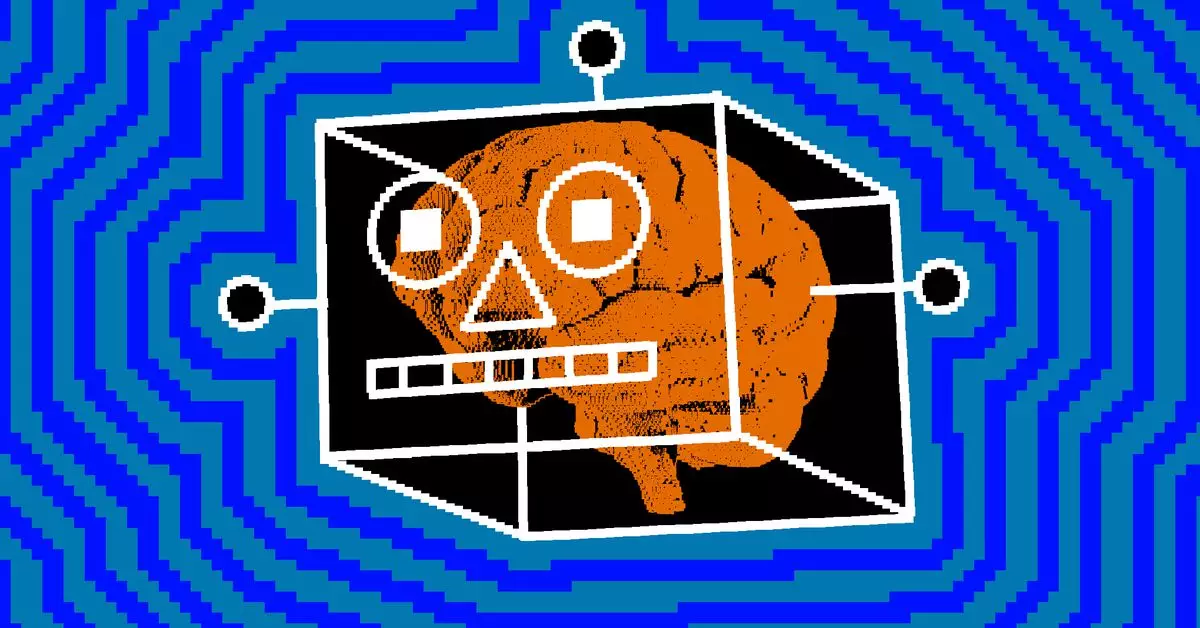In an increasingly digital world, the demand for more advanced, efficient, and intuitive assistance systems continues to grow. Reports have surfaced about Google’s anticipated initiative, known as Project Jarvis, which aims to streamline various online tasks through a sophisticated AI model. Due to be showcased potentially in December, this project marks an exciting evolution in how we engage with technology in our daily lives.
Project Jarvis is expected to leverage a future iteration of Google’s Gemini, positioning it as a significant player in the AI race. Unlike previous tools, Jarvis is specifically designed to operate within the confines of a web browser, particularly favoring Chrome, which suggests that Google plans to harness its existing ecosystem to introduce novel capabilities. The operation of Jarvis is envisioned around the automation of everyday online tasks, such as conducting research and making travel arrangements, thereby enhancing user productivity and convenience.
The mechanics of Jarvis allow it to analyze and interpret screenshots taken during user interaction. This could dramatically reduce the time users spend on monotonous tasks, with the AI managing everything from clicking buttons to entering text. However, initial reports suggest a lag of “a few seconds” between actions, which may impact user experience. As technology races forward, striking a balance between speed and accuracy will be essential for the system’s acceptance.
Google isn’t the only tech giant working on enhancing user interaction with AI. Microsoft, through its Copilot Vision, offers functionalities that enable users to engage in conversations about the webpages they are browsing. Similarly, Apple is rumored to be integrating its intelligence across multiple applications, allowing seamless interactions based on screen context. These innovations create a competitive landscape where companies strive to offer not only more comprehensive features but also a user-friendly experience.
While the prospect of Project Jarvis is thrilling, it also faces significant hurdles. As highlighted by The Information, Google plans to release the project to a limited group of testers for troubleshooting purposes. This step is crucial, given that early beta stages often reveal unforeseen issues that can hinder functionality and user satisfaction. The pressure on Google is immense; they must deliver a product that meets, if not exceeds, user expectations in a market filled with emerging technologies.
As we await the unveiling of Project Jarvis, it’s vital to keep an eye on the evolution of artificial intelligence in our digital interactions. With competitors like Microsoft and Apple actively developing their own systems, the race is on to refine digital assistance. Should Google manage to successfully launch Jarvis, it could redefine how users automate and engage with online tasks, enhancing not only productivity but also the overall digital experience. As December approaches, tech enthusiasts and everyday users alike are hopeful for a transformative impact on web-based interactions.


Leave a Reply